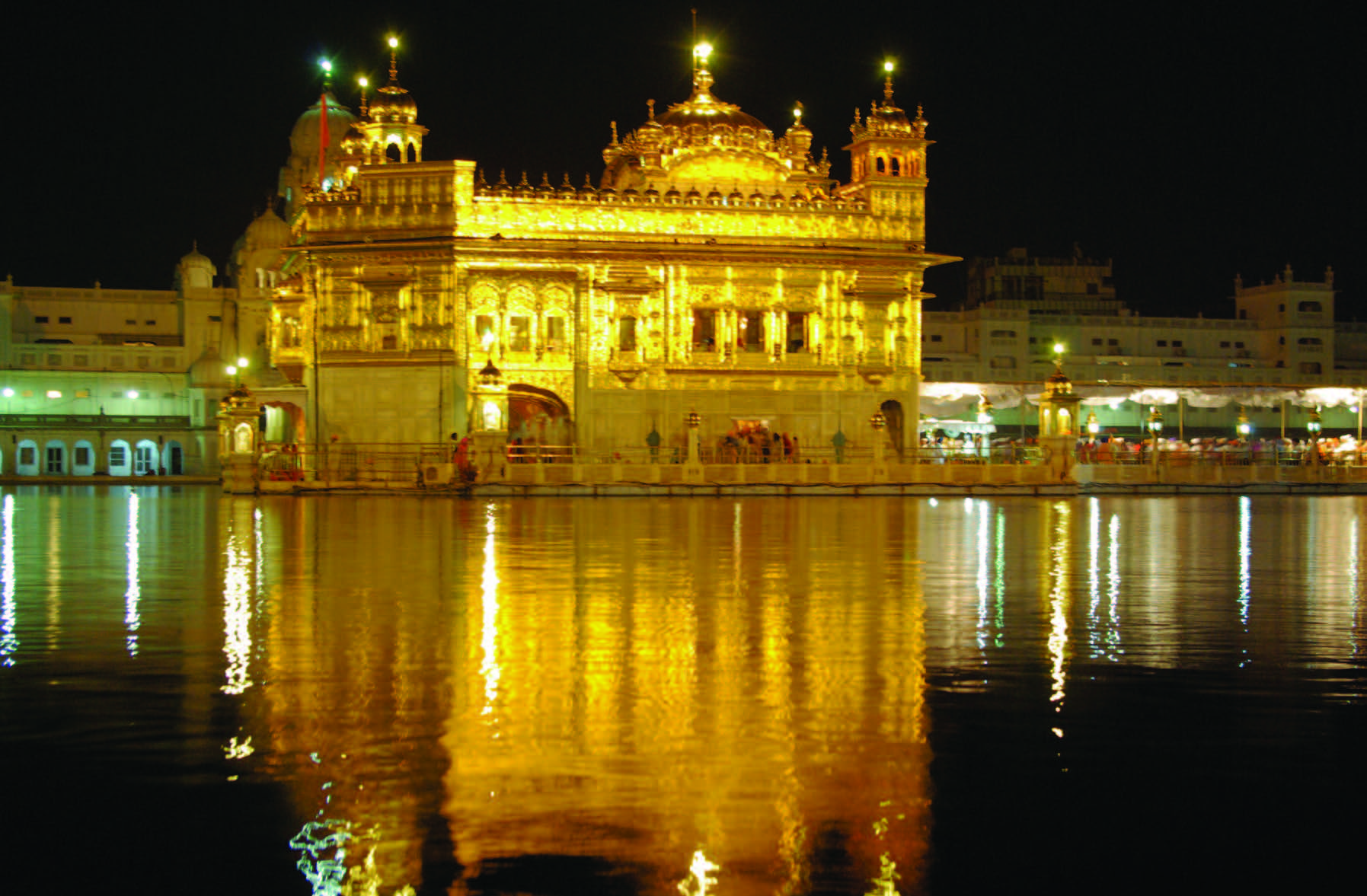
This summer is a time of great excitement in Odisha. The rituals by which Jagannatha, the presiding deity of Puri, will die and be reborn along with his sister Subhadra and his elder brother Balabhadra and his weapon, the Sudarshana, have begun. It is a process that lasts for over three months, and is called Navakalebara. According to recorded history, Navakalebara has been taking place for the past 400 years. Every 14 or 19 years, when there is adhik maas or an extra month in Ashadh according to the traditional calendar, the rituals are performed. This year is one such year. The last one was in 1996.
Jagannatha is a form of Krishna worshipped in the grand temple complex located in Puri on the eastern shores of India. It is one of the four major centres of Vaishnava culture, the other three being Badrinath, Rameshwaram and Dwarka. Devotees believe that Krishna meditates in Badrinath, bathes in Rameshwaram, eats in Puri and rules in Dwarka.
Soul-substance
The temple is famous for its annual Ratha Yatra, chariot festival, around the world. It was the place where Jayadeva wrote his famous Gita Govinda that introduced Radha to the world. The images of the deities are unique because they are made of wood, unlike most temples, where the idols are made of stone or metal; hence the need to replace them from time to time.
The process involves finding the right neem tree, the daru-Brahma, with special marks: absence of nests, presence of ant hill, snake and symbols of Vishnu. Once found, the tree will be cut and transported to Puri and carved secretly, according to prescribed rituals.
The new idols will be placed next to the old ones, in a few weeks’ time, at the height of summer. And on a special night, when even the government declares a total blackout in the city, special priests will enter the temple premises blindfolded, with their hands wrapped in cloth to transfer something called Brahma-padartha or soul substance, from the old image of Jagannatha to the new one. No one knows what that is, but speculations range from the relics of Krishna himself, to the relics of Buddha to a sacred jewel, a rare kind of saligrama or fossil, and a tantrik yantra. With this transfer, the old body is discarded and the new one claimed. The old images are buried in a special enclosure called koili vaikuntha — sacred burial ground — next to the main temple. The new body will be seen for the first time during the great premonsoon chariot festival.
Syncretic Past
What is amazing about the temple is its syncretic past. There is a probable mention of the sacred log of wood in Rig Veda. It has roots in tribal (Savara) lore and there is much to suggest early Buddhist influence. But currently, it is primarily a Vaishnava shrine where the sister and brother of Krishna embody the Shakta and Shaiva aspects of Hinduism.
The priests who perform various rituals belong to various castes. For example, the daitya patis who serve the deity are not brahmins. Those who carve the images of the gods and build the chariots are from the community of craftsmen or maharana. Yet, this temple does not allow entry to non-Hindus. Poet-saints like Salabega, whose father was Muslim, had to wait outside the gate singing songs, and the story goes that Jagannatha himself came out as Patita Pavana, purifier of the impure, even though the orthodox priests did not let him in.
Also amazing is the temple’s resilience. Renowned for its wealth, its devadasis who were highly skilled in dance and music and its patronage of art and culture, the temple has been plundered nearly 18 times, mostly between the 14th and 19th century, which necessitated the deity — or at least the inner Brahma-padartha — to be shifted to safety in caves such as the ones at Patali Srikshetra.





Be the first to comment